There are three phases to an actor's performance: Listening (or observing the actions of another character), reacting to what has been said or done by another actor and, finally, speaking your own dialogue or performing an action. The clips here from my movies and TV shows demonstrate examples of responsive
reactions; an actor reacting to the dialogue of another actor. The
reaction can be long and articulated or short and to the point--almost subliminal. In
either case, it is performed after the other actor speaks and before you speak your own dialogue.
This take is from a scene from my movie Exigence. It is a good example of "responsive reactions" per my Action/ReAction technique for actors. A responsive reaction is performed a half beat after the other actor concludes his or her speech or action (for example, if he pulls a gun on you or waves 'hello') and before you say your dialogue.
This scene from my movie Point of Departure shows responsive reactions in a completed scene. Notice that I purposely removed her reaction before she says "Why is that?" and again before ""Where is he now?" so the next reaction would have more force. In the next two exchanges, using the responsive reactions escalated the emotional tension and amplified the impact of the scene.
A responsive reaction can be subtle and of very short duration or it can be profound and lengthy conveying multiple unspoken thoughts to the viewer (watch some of Marlon Brando's performances as he was brilliant at this)--it is up to the actor to orchestrate his or her performance. The responsive reaction is, I believe, the most important phase of the performance because it allows an actor to communicate something to the audience that isn't contained in the dialogue.
In my feature film The Dearly Departed, Debbie Hartner's character receives some astonishing news from a stranger who has come to her door. The magnitude of her responsive reaction tells us all we need to know.
In this segment from my TV series Clip Joint, notice how J.T.'s reactions escalate as the character fails to get his instructions correctly.
In another scene from Clip Joint we see Duke Maltin, Kevin Courtright and Dean K Rudenauer along with other Clip Joint Players--I especially like Kevin's Action/ReAction with Donna Cherry--she asks a question to which the answer is 'no' but Kevin eloquently displays a train of unspoken thought without which the scene would have meant nothing. Clip Joint theme by Michael Chanslor...
I was shooting a dinner party scene for my movie Woman on the Beach one evening in a house in the Malibu hills overlooking the ocean. The scene showed a well-known artist played by Margareta Sjödin (who happens to be a well-known artist in real life) introducing her new romantic interest--a football player--to a circle of her cosmopolitan friends comprised of an art critic, a gallery owner, an art publisher and a publicist. The conversation was erudite and intentionally focused on the inner workings of the art world. It was a moment in the story where the new boyfriend is being tested to see if he could hold his own in their court.
More important than what was being said by the characters was the way it was being received--the unspoken undercurrent of opinion, pride and prejudice should be palpable and would predetermine the future of the relationship in question. After shooting all the dialogue, I had the impression that the scene was incomplete and hadn't captured the dynamic of judgment that I wanted. It was already late in the evening and I was loath to rewrite the scene. After some reflection, I came up with a solution.
I put the camera on one of the actors at the dinner table--first in a medium shot, then in close-up--and filmed a variety of reactions by asking him to smile, look to another actor for his/her reaction, show me you don't like what you heard, show me you just got stung by a remark, look surprised, etc. I then filmed each of the actors in turn getting an abundance of reactions not knowing which I would use but feeling I had more than I needed to make the scene perform its function.
I never had as much fun editing a scene as I did cutting together that dinner party. The interaction was excruciatingly revealing in a way and to an extent that dialogue could never have accomplished. That night, the Action/ReAction technique I created and refined for actors was born. Audiences became so involved with the characters in that scene that I knew the technique had to be incorporated not only in the way I would shoot movies in the future, but also in the way the actors delivered their performances to me and other directors with whom they would work.
I didn't realize it at the time but these reactions along with the other elements of the technique would be indispensable in branding actors and helping to create a demand for them not just from audiences but from those who hire actors to do the work.
skip to main |
skip to sidebar
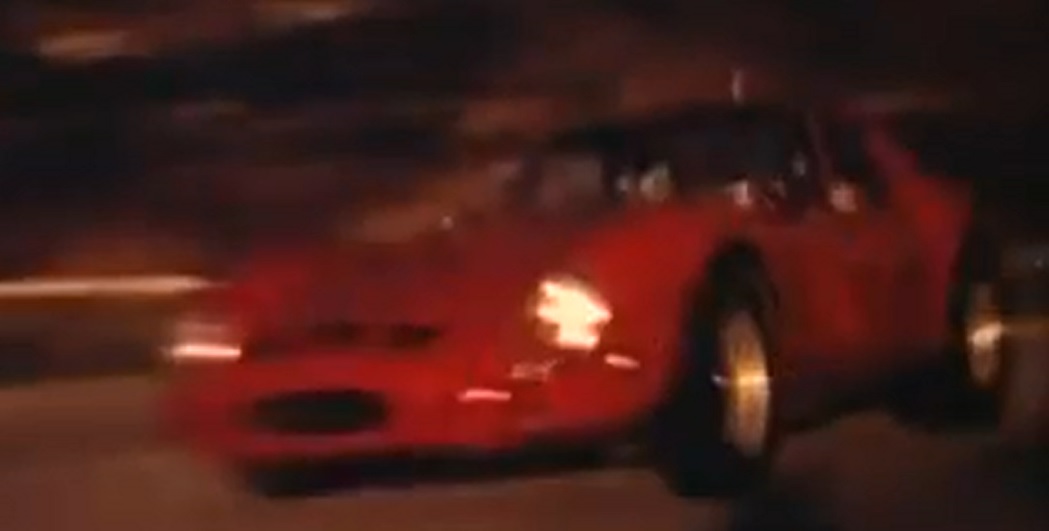
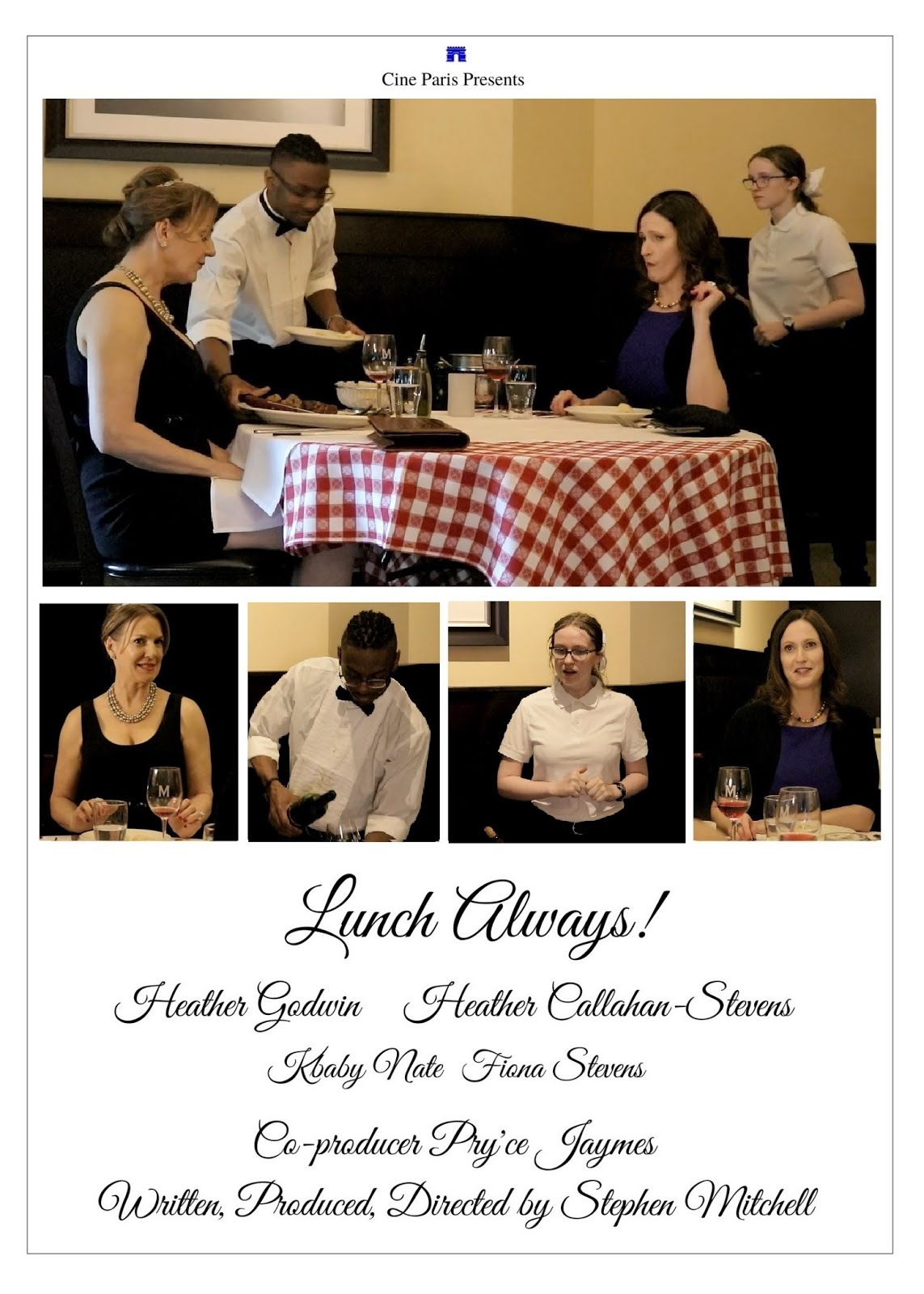
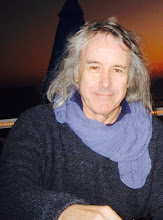
(A filmmaker's life/La vie d'un cinéaste)
GTO 3987 on Mulholland

Action / ReAction Webinar with Stephen Mitchell and Pry'ce James hosted by Jay Chapin
GTO 3987 with sound...
Exigence at a glance...
Exigence
Exigence EPK: Pry'ce Jaymes & Shane Lewis
Exigence Promo
The Dearly Departed EPK
The Dearly Departed Promo
Lunch Always! Poster

Lunch Always! EPK
Action/ReAction at Stella Adler
Point of Departure
Ray D. Shosay's Journal (excerpt)
"Saturday, January 27, 2007
They say you can fool some of the people all of the time. Accordingly, I think we should concentrate on this group initially. We can move on to the people you can only fool some of the time at a later date if we deem it necessary. I hope to hear back from my agent about this as soon as he's out of rehab, as I don't think my messages have been getting through."
They say you can fool some of the people all of the time. Accordingly, I think we should concentrate on this group initially. We can move on to the people you can only fool some of the time at a later date if we deem it necessary. I hope to hear back from my agent about this as soon as he's out of rehab, as I don't think my messages have been getting through."
Exerpt from Ignorance is Bliss
"Out of the corner of his eye, Martin saw Martha shift in her seat. She leaned forward, as though something was about to be decided. This caused her breasts to push up against the neckline of her dress in a way that couldn't be fully appreciated out of the corner of one’s eye. So, Martin turned his head to look directly into the abyss of her cleavage. He was vaguely aware that Murray was talking again."
Christine Astrup (Interview) version française
Stevie Williams (Interview)
About Me

- Stephen Mitchell
- I bought Bentleys in England and Ferraris & Maseratis in Italy to re-sell in Los Angeles as a teenager. I met Enzo Ferrari, Juan Fangio and Steve McQueen. I 'grew up' on the set of Mission: Impossible and other episodic TV series of the era. For a few years, I owned a Ferrari GTO that is owned by Ralph Lauren today and valued at approximately $52M. I began my film career by writing, producing and directing Montmartre in Paris in French. I founded and ran a repertory company for film & TV for 20 years in Los Angeles. I created a TV series which had fans that included Marlon Brando. I authored the first new acting technique--Action/ReAction--that was not based on Stanislavski's Method. I am currently writing my third novel and shooting my spy thriller Exigence. If you can't make movies, live your life as though you were in one...
Contact
- cineparis@hotmail.com
Stephen interviews Marc Sonnery
Ferrari 250GTO by Stephen Mitchell
Ferraris on Mulholland
Ferrari GTOs at Willow Springs &...
Ferrari GTO in Paris
Stephen Mitchell talks with General Richard Wilmot (part 1)
Stephen interviews General Richard Wilmot
Stephen Mitchell interviews John Fitch
Stephen Mitchell interviews Ed Niles
Stephen Mitchell interviews Matthew Ettinger
Stephen Mitchell interviews Gary Wales
Stephen Mitchell interviews Serge Dermanian
Stephen Mitchell interviews Tomás López Rocha
Stephen Mitchell interviews Kevin Courtright
My Blog List
-
-
-
-
-
-
-
-
-
-
Empire state of mind5 years ago
-
Bar Room Remedies6 years ago
-
-
-
-
-
-
Photos from Thompson's VSCCA/VRG opener9 years ago
-
-
-
-
New portfolio website !12 years ago
-
-
Part 2 2011 LCP Video12 years ago
-
-
-
-
-
Link list
- Pablo Picasso
- The Paris Review
- Museo Tazio Nuvolari
- Riverside International Automotive Museum
- Ferrarista français
- Il ferrarista italiano
- Ferrari Life
- Luxury 4 Play
- Le Auto blog
- Teamspeed
- Sports Car Digest
- Veloce Today
- Semanal Clásico
- Racing Sports Cars
- Kuwait Jazz Trio
- Terrorism: A Growth Industry and the Intelligence Analyst by General Wilmot
- Automobiliac
- The Chicane Blog
- Drive Cult
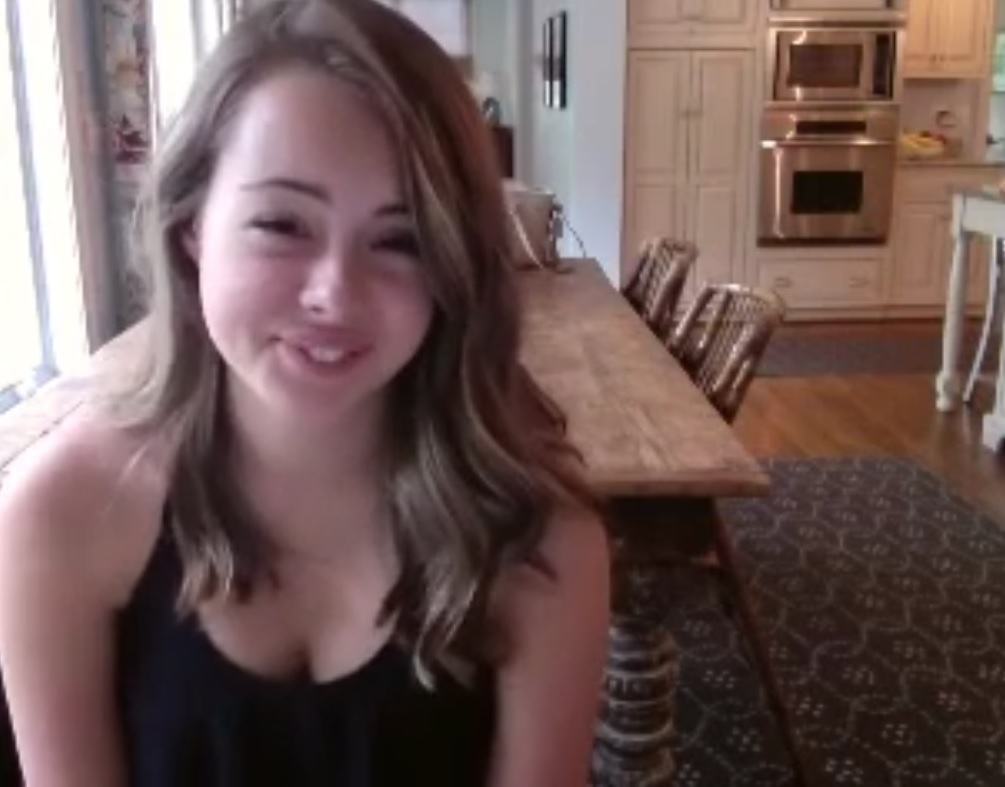
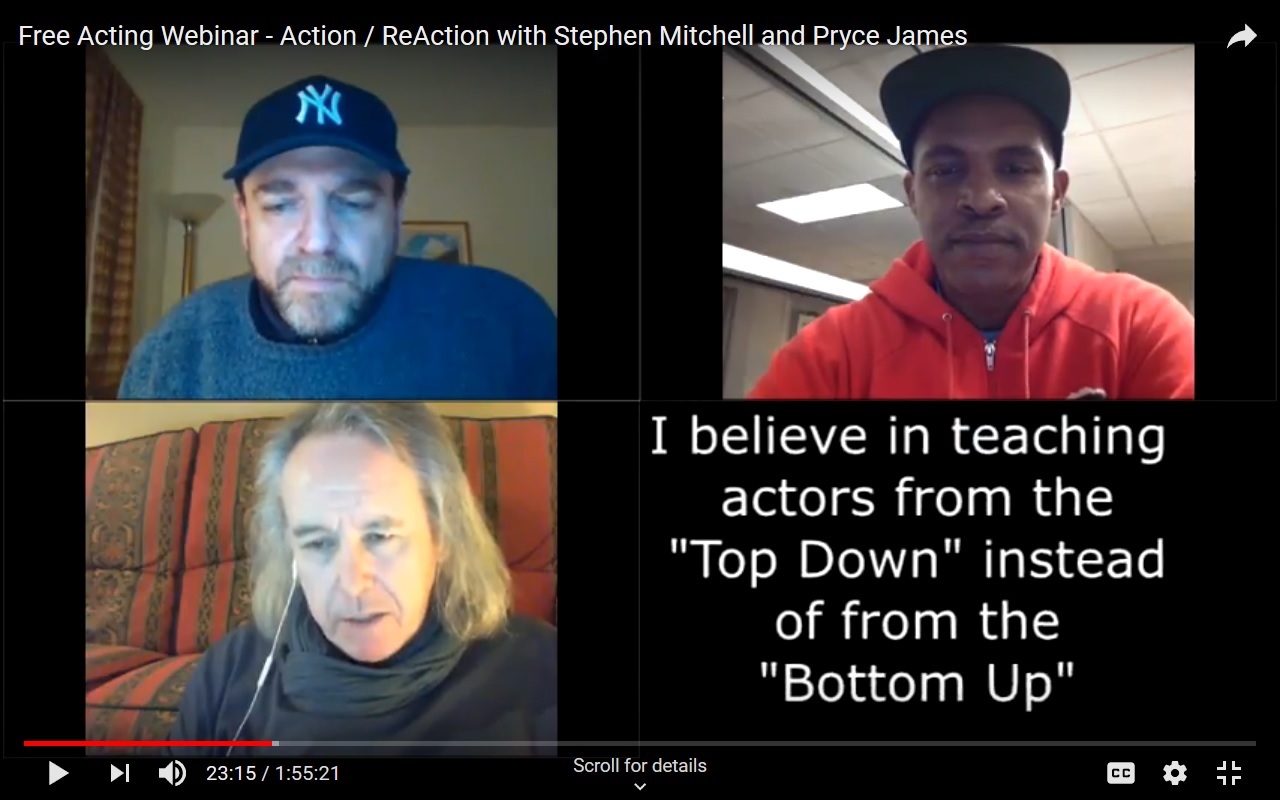


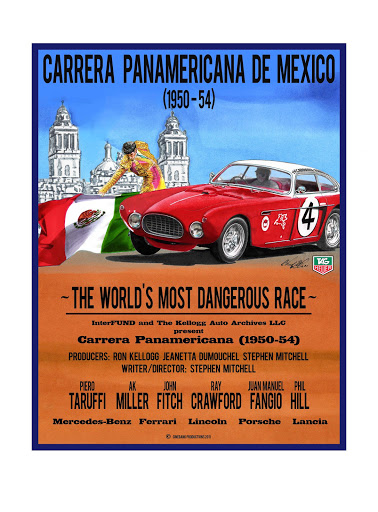
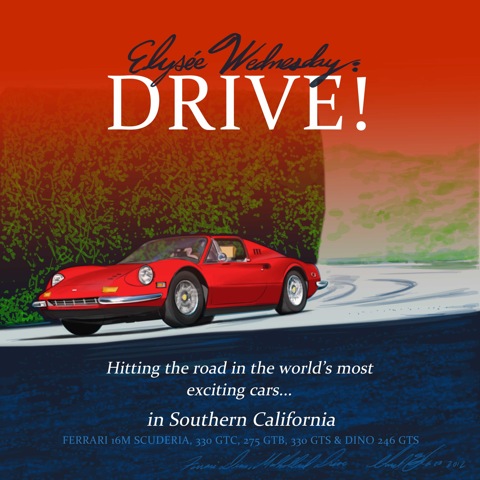

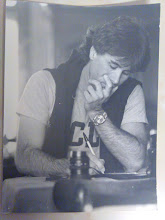
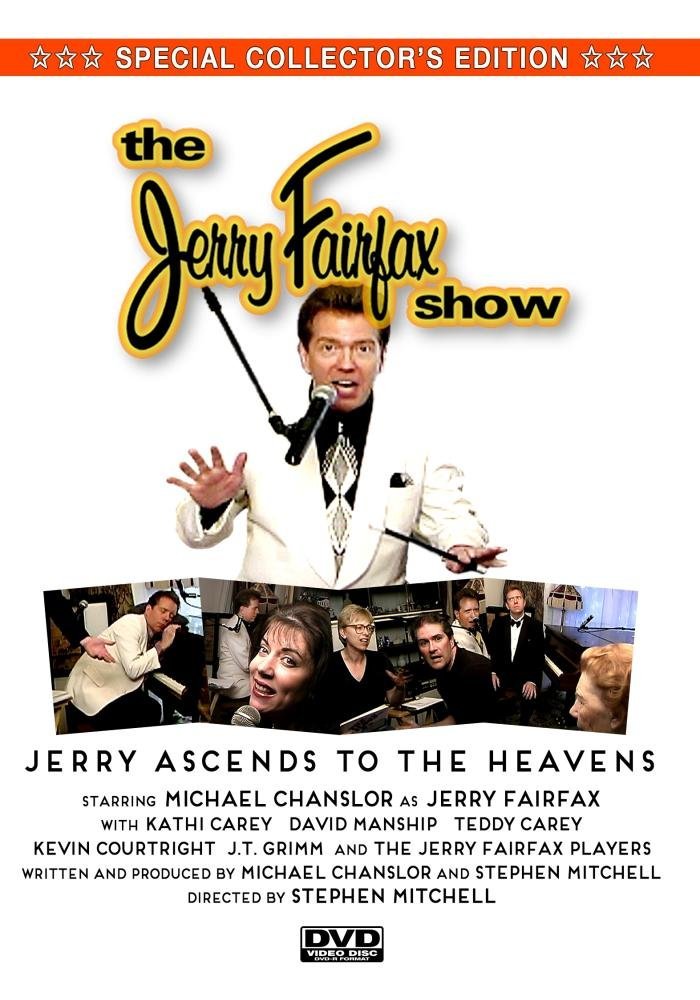




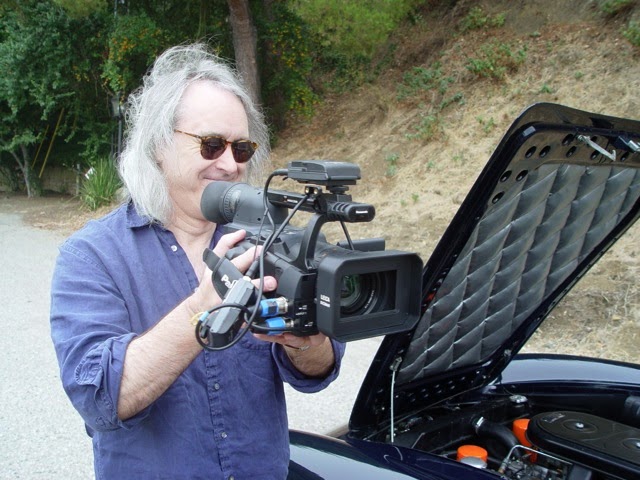



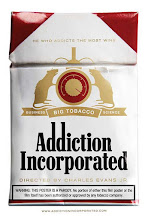






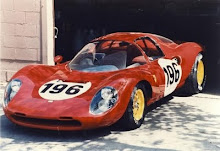
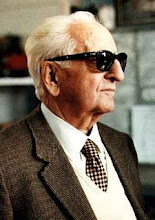
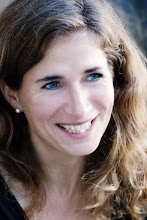
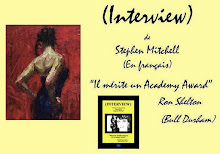
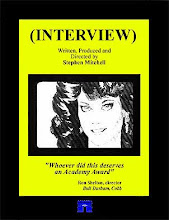
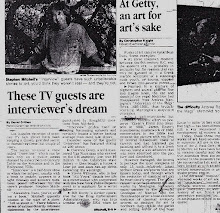


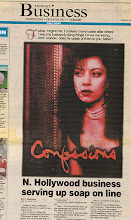













No comments:
Post a Comment